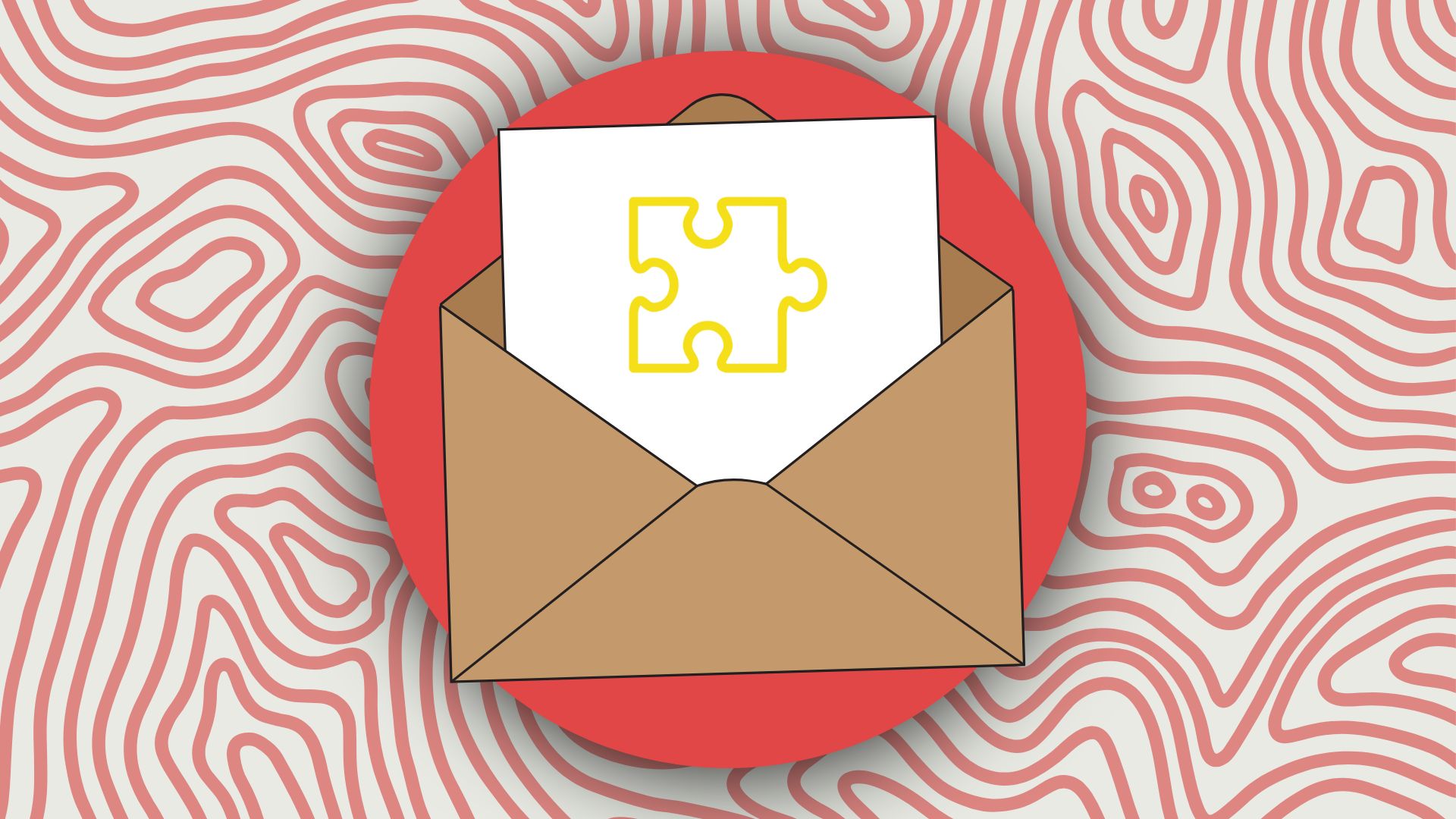Why email lists still matter in the age of social media… Email lists give us a direct line of communication with our audience, allowing our message to directly hit their inbox.
Why Email Lists Are So Valuable
Utilising your mailing list can offer many benefits for a business, particularly when aiming to get higher levels of engagement and increased conversion rates.
Email campaigns, when done right, can help with long-term audience relationship building. Maintaining communication through email can serve many purposes; it can help you update, inform, or brief your audience.
1. Start with the Right Lead Magnet
A lead magnet is a method used by providing a free resource, service or product in return for contact information from their audience, in this instance, it would be their email address. Some examples of lead magnets include PDF resources, checklists, courses, e-books or templates.
Consider putting lead magnets in places where they will resolve a question or provide value to the audience. For instance, having a downloadable template that is accessed by providing their email.
2. Use Strategic Content Types for List Building
Blog Posts: Naturally embed opt-ins in high-traffic articles.
Embedding opt-in buttons allows your audience to choose to follow your email campaigns, and placing these in high-traffic pieces of content will allow you to capitalise on capturing the information from interested readers.
Utilising gated content, for example, industry reports, will give you other opportunities to garner your audience’s contact details.
Don’t forget to use your calls to action, imploring your audience to sign up for your mailing list. Include a link to a sign-up page to make the process smoother for them, making each step as simple as possible.
3. Placement Matters: Where to Add Signup Opportunities
Making sure you position it in the right spot on your social content or blog posts is just as important as including the information capture. Consider positioning it in places where it feels natural, or is necessary, such as on a navigation bar, with a widget, on your landing pages, and at the end of videos.
4. Optimise Your Signup Forms
Making sure your signup forms are easy to use will ensure the process is quick and easy, which in turn reduces the potential frustration and leads to abandonments. To keep it simple, you’ll just need their name and email.
In this process, test the user experience with A/B testing, which allows you to trial what colour button works best, the size of the text on the button, the CTA, as well as the placement on the content or page.
5. Deliver Value by being prepared.
Once you’ve captured the emails of your audience, you need to make sure you make a positive impression, set up a confirmation page to let them know the information they’ve provided has been retained.
The next step is to create a welcome email, which is the first impression in a sense- it needs to positively impact the reader. Adopt a warm and welcoming tone, be authentic and make sure to give a better introduction to your brand’s communication channel.
Top Tips for your Email Strategy
Creating the perfect campaign is about striking a balance between the visual elements, the content itself, the frequency of campaigns, how they’re targeted and so on. Email campaigns must be tracked, analysed and adapted in order to garner the leads and clicks within your business KPI.
Make sure the content you continue to push in your email campaigns works to draw in your reader, drive clicks and ultimately enhance the engagement metrics seen across your channels and website.






